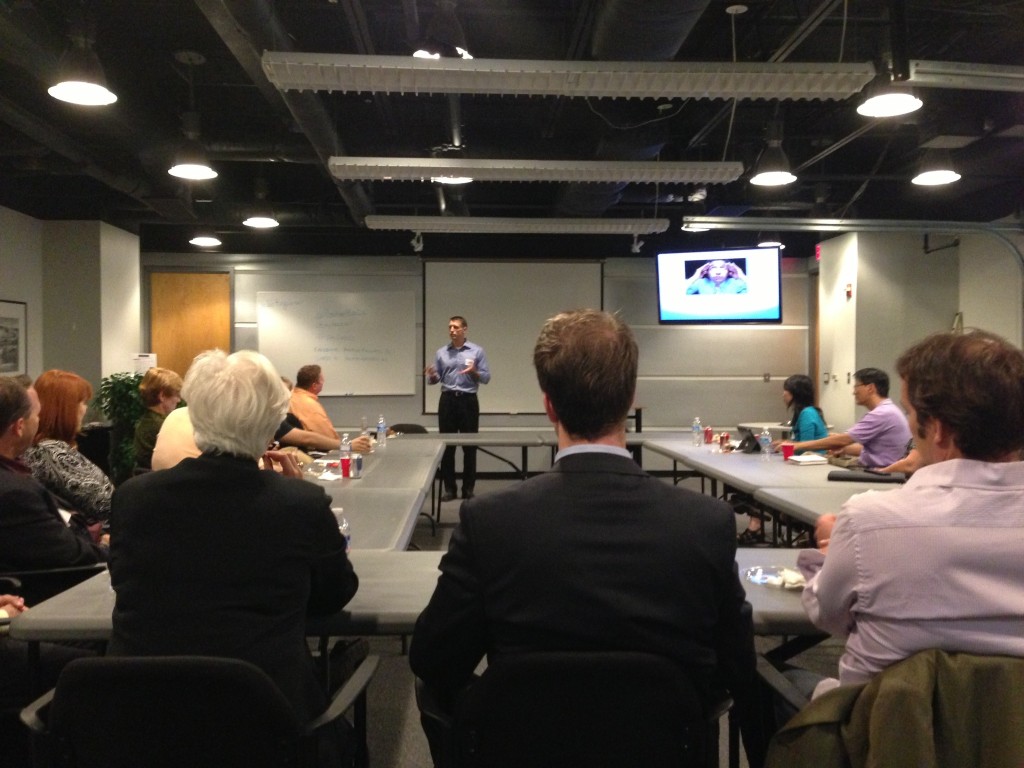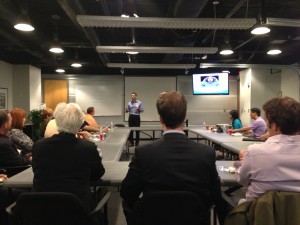
A recent article by Forbes about the behavioral differences between introverts and extroverts states, “. . . brainstorming results in lower quality ideas and the more vocally assertive extroverts are the most likely be heard.” Forbes based its article on Quiet: The Power of Introverts in a World That Can’t Stop Talking by Susan Cain. Although other sources have made similar claims, it appears as if brainstorming has gotten a bum rap.
“Decades of research have consistently shown that brainstorming groups think of far fewer ideas than the same number of people who work alone and later pool their ideas.”
—Keith Sawyer, Psychologist, Washington University
Rather than blaming a tool or process for shortcomings, we need to look at how the tool is being applied… and testing methodologies that underlie the research.
Is Brainstorming Really Counterproductive?
Yale conducted the first empirical test on brainstorming in 1958. A group of 48 male undergrads were split into 12 groups and given a set of puzzles and instructions for how to brainstorm. The control [group] consisted of 48 students (each of whom worked independently to solve the same set of puzzles). The students who worked alone generated twice as many ideas as the brainstorming groups. ‘Experts’ deemed the ideas generated by individuals to be more creative and feasible that those developed by the groups. As the Forbes article demonstrates, these outcomes have stuck.
The Yale study overlooked some basic group dynamics. Teams that include both men and women outperform teams comprised solely of men. In addition, the terms ‘group’ and ‘team’ are not synonymous. Researchers simply cannot put a bunch of people who don’t know each other in a room and expect them to work together effectively. A safe environment and trusting relationships underlie effective teamwork. As a result, studies like the one from Yale fall short of predicting real-world results.
Cultural Freedom to Disagree
The Yale study also learned that the groups instructed to debate during the brainstorming session increased the number of ideas by 25%, although most of the extra ideas came after the group disbanded. That makes sense because people build off the creativity of others.
Tips for Effective Brainstorming
For leaders, the trick to getting the most out of brainstorming and other activities used to stimulate creative problem solving starts by establishing a safe, respectful culture that:
- Cultivates and values diversity
- Ignores the weight usually attributed to title
- Encourages each person to speak up
- Refrains from ridicule and personal attacks
- Accepts input without judgement or punishment
- Provides constructive feedback on a daily basis
- Works passionately toward common vision and goals
- Purposely facilitates strong relationships and communication
- Lets its hair down
Evidence shows that people share emotions. Even though people often view disagreement as a negative, the ability to laugh at ourselves and have fun at work helps keep things on a positive track. You can creatively solve sticky issues without destroying relationships or morale.
Establish Equal Footing
Leaders get the best results by using visual and behavioral clues that put them on equal footing with other members of the team. Select a chair along the side of the table. Come prepared with questions instead of answers. Invite participation from everyone in the room. Speak last to avoid coloring others’ opinions.
Except in times of crisis leading through a collaborative, democratic process does not make a leader look weak—as long as s/he can make decisions in a timely manner. The ability for people in all positions and experience levels to have a voice and participate in problem solving builds vibrant companies.
Originally published by PerformanceArchitect.com on October 4, 2012. All rights reserved.

